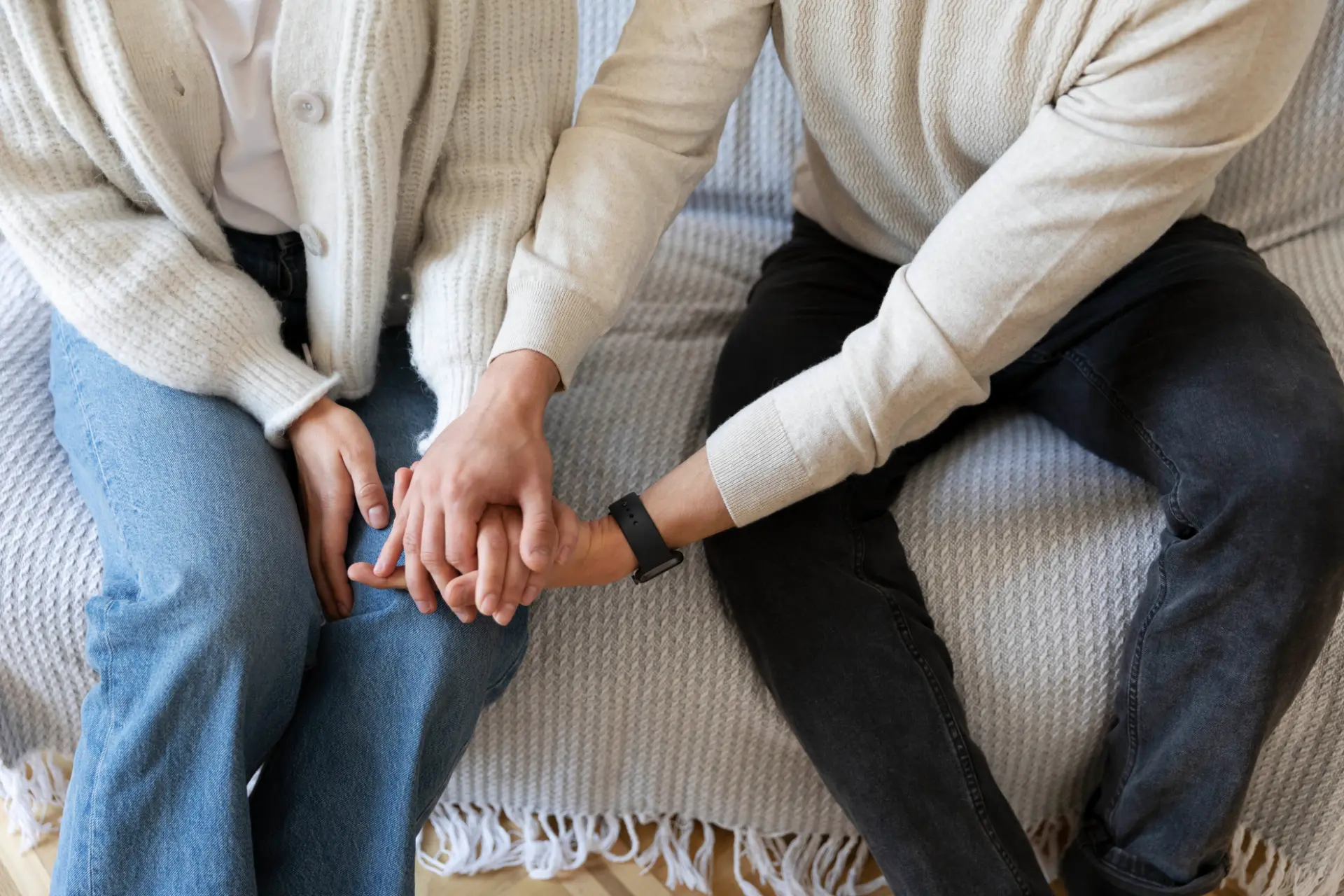The Difference Between OCD and Phobias
Obsessive-Compulsive Disorder (OCD) and phobias are both anxiety-related disorders that can significantly impact an individual’s daily life. Despite some overlapping features, they are distinct conditions with unique characteristics, causes, and treatment approaches. Comprehending these distinctions is essential for precise diagnosis and efficient treatment.
Obsessive-Compulsive Disorder (OCD)
Characteristics
Obsessions and/or compulsions, or both, are hallmarks of OCD. Anxiety and distressing thoughts, ideas, or urges that are persistent and unwelcome might be categorised as obsessions.
Common obsessions include fears of contamination, harming oneself or others, and symmetry or orderliness. Compulsions are repetitive behaviours or mental acts performed to reduce the anxiety caused by obsessions. These behaviours are often excessive and not connected in a realistic way to the feared event or outcome.
Causes
The exact cause of OCD is not fully understood, but it is believed to be a combination of genetic, neurological, behavioural, cognitive, and environmental factors. Family history, differences in brain structure and function, and stressful life events are all considered potential contributors.
Impact on Daily Life
OCD can be debilitating, as the obsessions and compulsions can consume significant amounts of time, leading to difficulties in daily functioning, relationships, and work or school performance. Individuals with OCD may go to great lengths to avoid triggers, which can further interfere with their lives.
Phobias
Characteristics
An extreme, illogical fear of a particular, usually harmless object, circumstance, or action is what defines a phobia. Acrophobia, or the fear of heights, arachnophobia, or aviophobia, or the fear of spiders, are common phobias. Phobias might result in avoidance behaviour because the fear they induce is out of proportion to the real threat.
Causes
Phobias often develop due to a combination of genetic and environmental factors. Traumatic experiences related to the phobic stimulus, observing others with phobias, or receiving information about potential dangers can contribute to the development of phobias. Genetic predispositions and evolutionary factors may also play a role.
Impact on Daily Life
The impact of phobias on daily life varies depending on the nature and severity of the fear. Some phobias may cause minimal disruption if the feared object or situation is rarely encountered. However, in severe cases, phobias can lead to significant avoidance behaviour and anxiety, restricting an individual’s activities and social interactions.
Key Differences Between OCD and Phobias
Nature of Anxiety
- OCD: The anxiety in OCD arises from intrusive thoughts (obsessions) and is often accompanied by repetitive behaviours (compulsions) performed to reduce the anxiety.
- Phobias: The anxiety in phobias is specifically linked to the presence or anticipation of a specific object, situation, or activity.
Behavioural Responses
- OCD: Individuals with OCD engage in compulsive behaviours to neutralize or reduce the distress caused by their obsessions. These behaviours are typically performed according to rigid rules or in response to a need for order or perfection.
- Phobias: Individuals with phobias primarily engage in avoidance behaviour to prevent exposure to the feared object or situation.
Focus of Fear
- OCD: The fear in OCD is often abstract and irrational, centered around fears of contamination, harm, or symmetry that is not necessarily tied to specific external stimuli.
- Phobias: The fear in phobias is specific and tangible, directed towards identifiable objects or situations.
Onset and Development
- OCD: OCD often develops gradually and can start in childhood or adolescence. It tends to be a chronic condition with fluctuating severity.
- Phobias: Phobias can develop suddenly, often following a traumatic or negative experience, and can emerge at any age.
Treatment Approaches
OCD
Treatment for OCD typically involves a combination of cognitive-behavioural therapy (CBT), specifically exposure and response prevention (ERP), and medication, such as selective serotonin reuptake inhibitors (SSRIs). ERP helps individuals face their fears and reduce their reliance on compulsive behaviours.
Phobias
Treatment for phobias often includes exposure therapy, a form of CBT where individuals are gradually exposed to the feared object or situation in a controlled manner. This helps reduce the fear response over time. In some cases, medications like beta-blockers or benzodiazepines may be used to manage acute anxiety symptoms.
Conclusion
While OCD and phobias are both anxiety disorders that can severely impact an individual’s life, they are distinct in their characteristics, causes, and treatments. OCD involves a cycle of obsessions and compulsions, whereas phobias are centered around specific irrational fears. Understanding these differences is crucial for effective diagnosis and treatment, helping individuals manage their symptoms and improve their quality of life.







